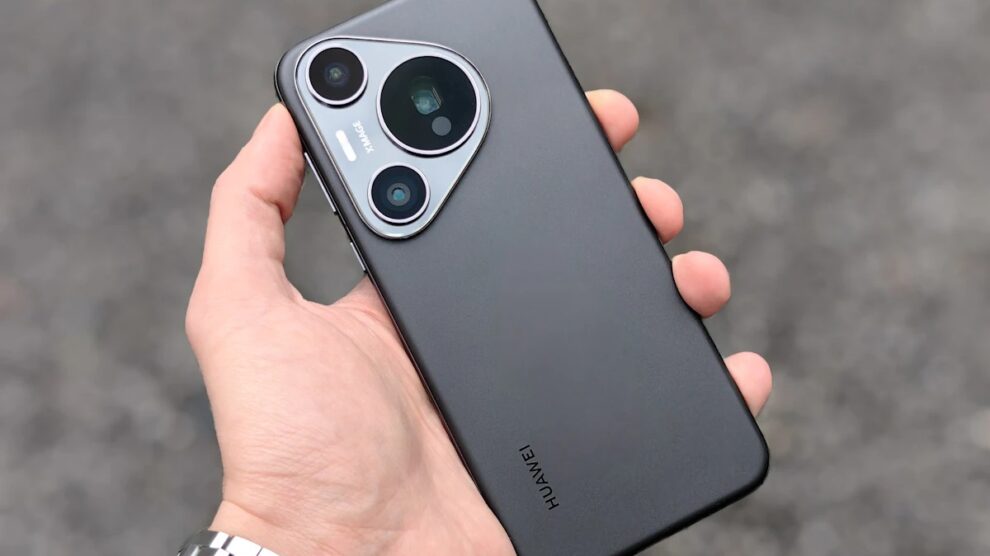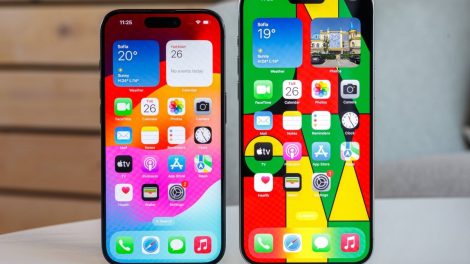Huawei Phones to Shift from Android to Homegrown OS Starting 2025. This bold move signifies a major step in the company’s strategy to reduce dependence on external software providers, particularly in light of the geopolitical and trade tensions that have significantly impacted its global operations over recent years. The decision to prioritize its own operating system has profound implications for Huawei’s future, the smartphone industry, and users worldwide.

Harmony OS, developed by Huawei, has been positioned as a robust alternative to Android. Initially launched in 2019, the operating system was designed to unify devices under one ecosystem, enabling seamless integration between smartphones, wearables, IoT devices, and more. Although HarmonyOS has been in use across various Huawei products, including smart TVs and tablets, its upcoming deployment as the primary software on Huawei phones will mark a critical milestone for the company’s technological independence.
Huawei’s Motivation for Transition
Huawei’s move to HarmonyOS is rooted in a combination of external pressures and internal ambitions. Since 2019, the company has faced restrictions on accessing U.S.-origin technologies, including Google Mobile Services (GMS), following trade sanctions imposed by the U.S. government. These restrictions effectively barred Huawei devices from offering Google’s suite of apps, severely limiting their appeal in global markets outside of China. While Huawei continued to use the open-source version of Android, the lack of GMS presented challenges in competing with other Android manufacturers.
The development and adoption of HarmonyOS are seen as Huawei’s solution to these challenges. By building and promoting its own ecosystem, the company aims to regain control over its software environment, ensuring that its devices remain competitive and attractive to consumers. This shift is also aligned with Huawei’s broader vision of technological sovereignty, enabling it to reduce reliance on foreign suppliers and adapt to an evolving global landscape.
HarmonyOS – Features and Innovations
HarmonyOS is designed to provide a seamless, interconnected experience across multiple device categories. At its core, the operating system is built on a microkernel architecture, which Huawei claims enhances performance, security, and scalability. This design enables HarmonyOS to operate efficiently across a wide range of devices, from smartphones to smart appliances.
One of HarmonyOS’s standout features is its emphasis on device interoperability. Huawei has focused on creating a unified ecosystem where users can easily connect and control various devices through a single interface. For instance, a user could start a task on their smartphone and seamlessly continue it on a tablet or smart TV without interruptions. This level of integration could give HarmonyOS a unique edge over traditional operating systems like Android and iOS, which often rely on third-party apps for similar functionality.
Additionally, Huawei has introduced features tailored to enhance user experience, such as improved resource allocation, energy efficiency, and customizable user interfaces. HarmonyOS also supports a wide range of apps, thanks to compatibility layers that allow Android applications to run on the platform. This compatibility is critical for ensuring a smooth transition for users accustomed to Android-based ecosystems.
Challenges and Opportunities
While the transition to HarmonyOS presents exciting opportunities, it also comes with significant challenges. One of the primary hurdles will be convincing developers to build and optimize apps for the new platform. Huawei has already taken steps to address this by launching initiatives like the HarmonyOS Developer Program, which provides resources, tools, and incentives for app development. However, building a robust app ecosystem comparable to Android or iOS will require sustained effort and investment.
Another challenge lies in user adoption. For many consumers, familiarity with an operating system plays a crucial role in purchasing decisions. While HarmonyOS has been praised for its innovative features, users may be hesitant to switch from the well-established Android platform. Huawei will need to invest heavily in marketing, user education, and customer support to ensure a smooth transition.
On the other hand, the move to HarmonyOS opens up new opportunities for Huawei. By controlling both hardware and software, the company can optimize performance and offer a more cohesive user experience. This level of integration could help differentiate Huawei devices in an increasingly competitive market. Additionally, HarmonyOS’s focus on cross-device connectivity positions Huawei as a leader in the burgeoning IoT space.
Impact on the Global Smartphone Market
Huawei’s shift to HarmonyOS is expected to have ripple effects across the global smartphone industry. Competitors will likely monitor the transition closely, as its success or failure could influence future strategies. If HarmonyOS proves successful, it could pave the way for other manufacturers to explore alternative operating systems, potentially reducing Android’s dominance.
For consumers, the introduction of HarmonyOS adds diversity to the smartphone market. This could lead to greater innovation and competition, ultimately benefiting users with more choices and features. However, the success of HarmonyOS will depend on Huawei’s ability to address concerns related to app availability, data privacy, and security.
The Road Ahead
As Huawei prepares to roll out HarmonyOS across its smartphone lineup, the company faces both excitement and skepticism. The success of this transition will depend on several factors, including developer support, user adoption, and the broader geopolitical landscape. Nevertheless, Huawei’s commitment to its homegrown operating system signals a bold vision for the future, one that could reshape the tech industry and redefine the boundaries of innovation.
In the coming years, it will be interesting to see how Huawei navigates these challenges and opportunities. Whether you’re a loyal Huawei user, a tech enthusiast, or a competitor in the industry, the shift from Android to HarmonyOS represents a significant moment in the evolution of mobile technology.










Add Comment